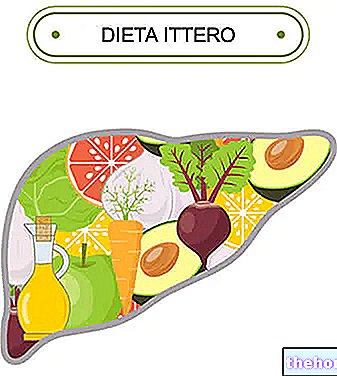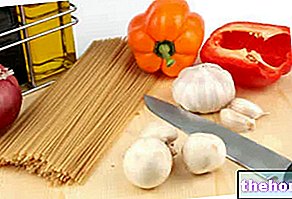Rheumatic polymyalgia
Polymyalgia rheumatica (PMR) is an uncomfortable condition that causes pain, stiffness, and inflammation in the muscles around the shoulders, neck, and hips.
The main symptom is morning muscle stiffness, which persists for at least 45 minutes.

- Fever and sweating
- Fatigue
- Loss of appetite
- Weight loss
- Depression.
The diagnosis of polymyalgia rheumatica requires a lot of attention. Due to the similarity of the symptoms, cases where it is confused with rheumatoid arthritis are not rare.
The suspicion of polymyalgia rheumatica should arise only when pain and stiffness persist beyond a week.
Medicines and Diet
The treatment of rheumatic polymyalgia is of an anti-inflammatory and pain-relieving pharmacological type.
The most commonly used molecule is a corticosteroid called prednisolone, which is used to relieve symptoms; the dose is initially high and is reduced over 1.5-2 years.
Polymyalgia rheumatica may require a specific diet. The nutritional scheme is not aimed at the treatment of the triggering agent, but at the prevention of pharmacological side effects. Corticosteroids tend to increase the risk of osteoporosis.
For this reason, the diet for polymyalgia rheumatica must possess all the nutritional characteristics typical of the diet against osteoporosis.
OSTEOPOROSIS IN BRIEF
Osteoporosis refers to a loss of skeletal strength.
At the base of the osteoporotic condition there is a reduction in bone mass, architecture and strength. In practical terms, there is a demineralization and a loss of hydroxyapatite (calcium + phosphorus).
The causes are manifold; more often nutritional, metabolic, pharmacological, hormonal and pathological.
















.jpg)











